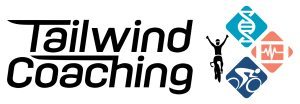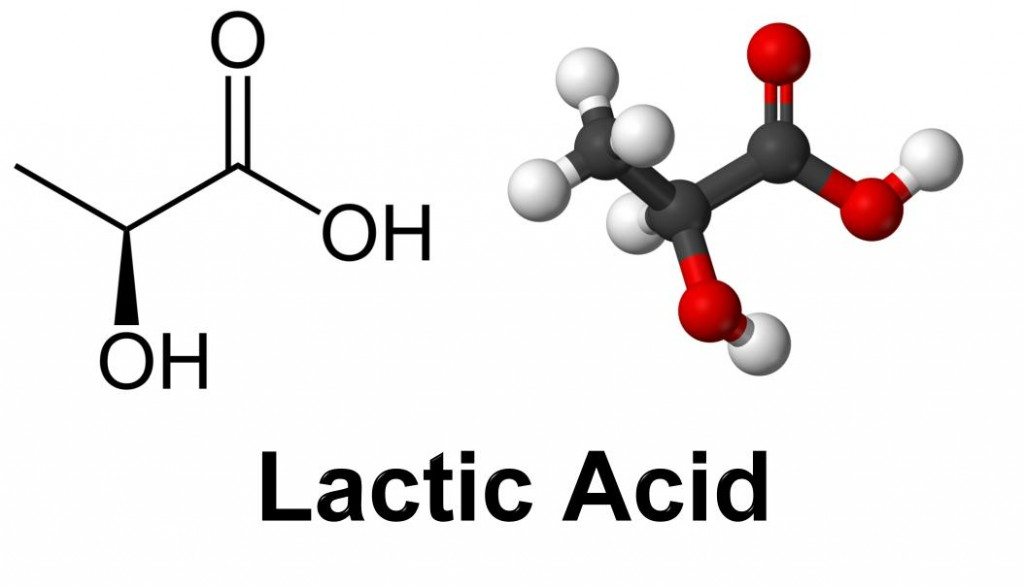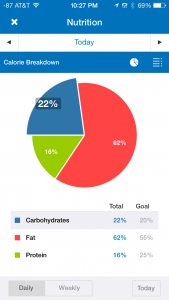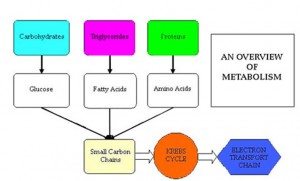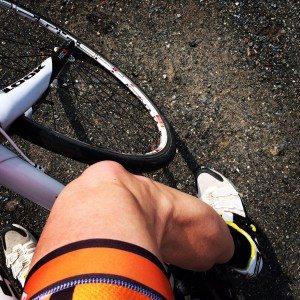Biohacking Lactic Acid
Lactic acid. The burn. The chemical that Phil and Paul always talk about “filling up the legs” and “making the legs scream in agony.” It gets a bad rap, one that it perhaps doesn’t deserve. Little do most athletes know, it can not only be a key way to enhance your performance, but it may very well be required by the body to fuel your brain and contribute to various chemical reactions within the body. Biohacking lactic acid will help you improve your cycling performance.
How can this improve your cycling performance?
Easy. For simplicity’s sake (as an overview) here’s the gist of it: The more time you spend creating lactic acid, the more your body will be forced to deal with. That causes a cascade of metabolic changes in the body. But how does dealing with lactic acid get you further? How does your body do it? How can we use those lactic acid idiosyncrasies to be faster cyclists?
We’ll look at a couple of ways to hack lactic acid after the jump, and after we understand how it’s produced and cleared.
Click through the jump to see how it works (warning, sciencey, geeky stuff ahead):
